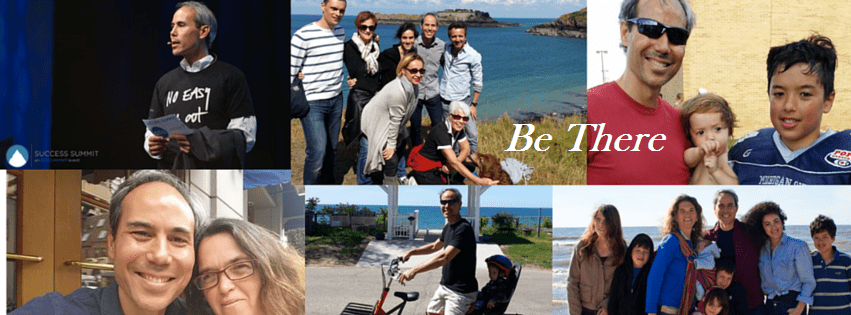When I wasa at MIT back in the 80’s studying electrical engineering, I discovered the importance of using models.
A model was simply a way of describing something that could give us a useful way of grasping ideas about the universe in which we lived.
And what mattered most was not so much whether a model was “true”, but whether it was “useful”—in other words, whether the model could be used to make useful decisions and create predictable results.
What does this mean?
Well, if we “pretended” that the universe worked the way a model suggested, and we acted or made decisions based on that model, would we be able to “predict”, based on that model, what would happen next?
For example—no one’s actually seen an electron or electricity, but we have ways of modeling it that give us predictable ways of controlling our experience of light.
Well, in the same way, people have developed models of how the “non-physical”—our own thoughts, beliefs, and emotions and other things we can’t “see”—affect the “physical”—the things we can see and “measure” and experience.
Now some people like to argue over the words someone uses or whether things “really” are the way one model suggests.
I used to do that as well.
But gradually I’ve shifted to looking at whether a given model can give me and others useful and predictable results.
For example, no matter how I may describe gravity, or what “power” I may attribute gravity to, what I would consider a “useful” model would be one that let me know that if I step off a cliff, I’m going to fall, and therefore I can choose ahead of time not to step off that cliff.
Another example might be a model that reliably predicts how I can change my health, or an experience with money, by changing certain recurring beliefs or thought patterns.
A couple such models that may be “different” than those you grew up with or learned in school are those provided by Robert Anthony and Louise Hay.
Robert Anthony takes quantum physics and applies it to your daily experience of money and of life. He gives practical “experiments” you can do to “test” the model he gives and experience the results for yourself.
His home-study course has been a great resource to me and to many, and after tomorrow (Feb. 29th) I’m told it will no longer be available. But right now you can get it for half price here (and I highly recommend it!).
Louise Hay provides a model of health and of life with specific steps you can apply and “test” for yourself as well. Her book You Can Heal Your Life (Gift Edition) has many wonderful affirmations and a unique guide linking physical symptoms with common thought patterns, and then new patterns you can anchor to change your experience. She likens our subconscious mind to a garden and each thought we think to a seed. What grows or “manifests” in our garden, and ultimately our experience, is determined by the seeds we sow.
Louise is now 80 and has just released You Can Heal Your Life, the Movie.
These are just two examples of “models” that could open doors for you to new experiences of life—particularly in the areas of money and health.
Enjoy, and remember to share your own experiences with using “models” of the universe in the comments below!
Dr. Ben
